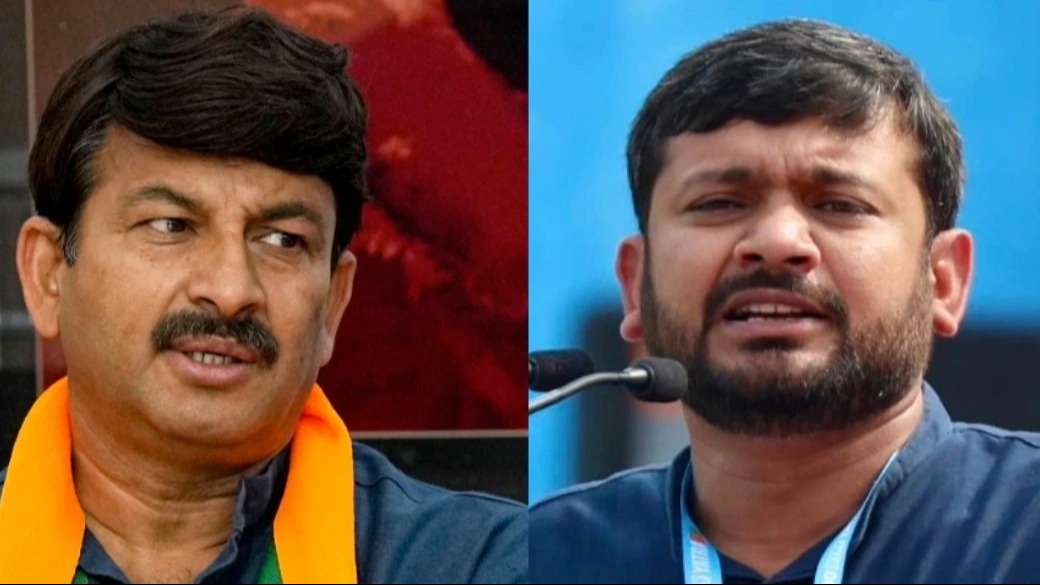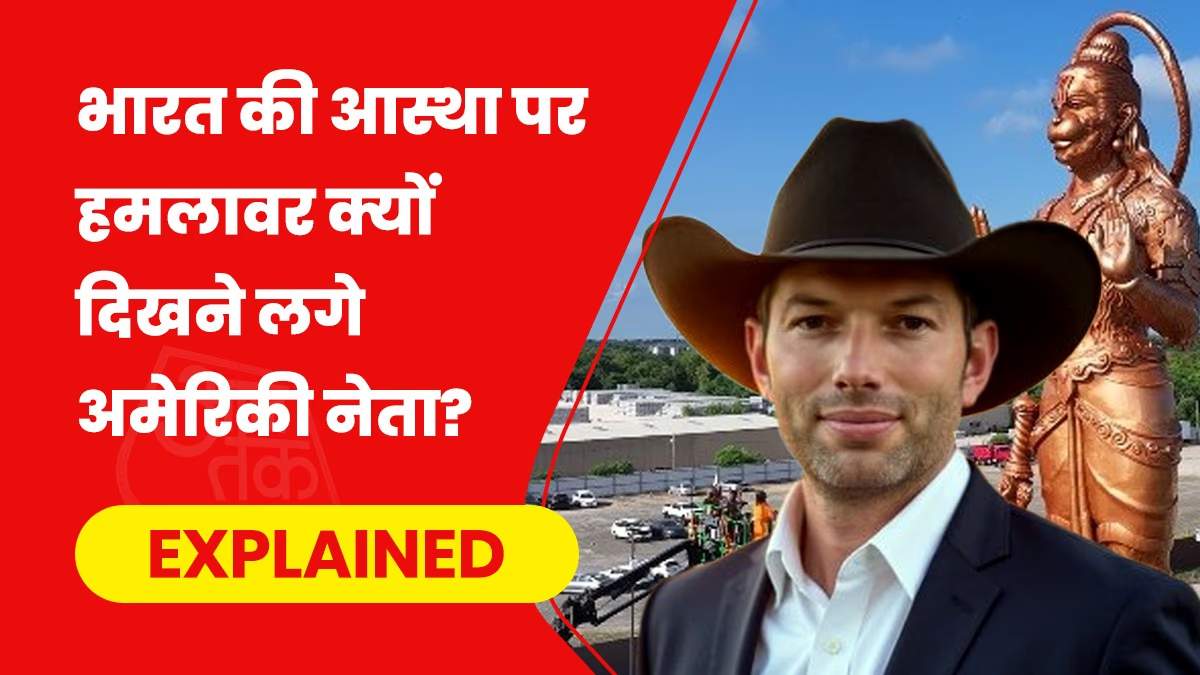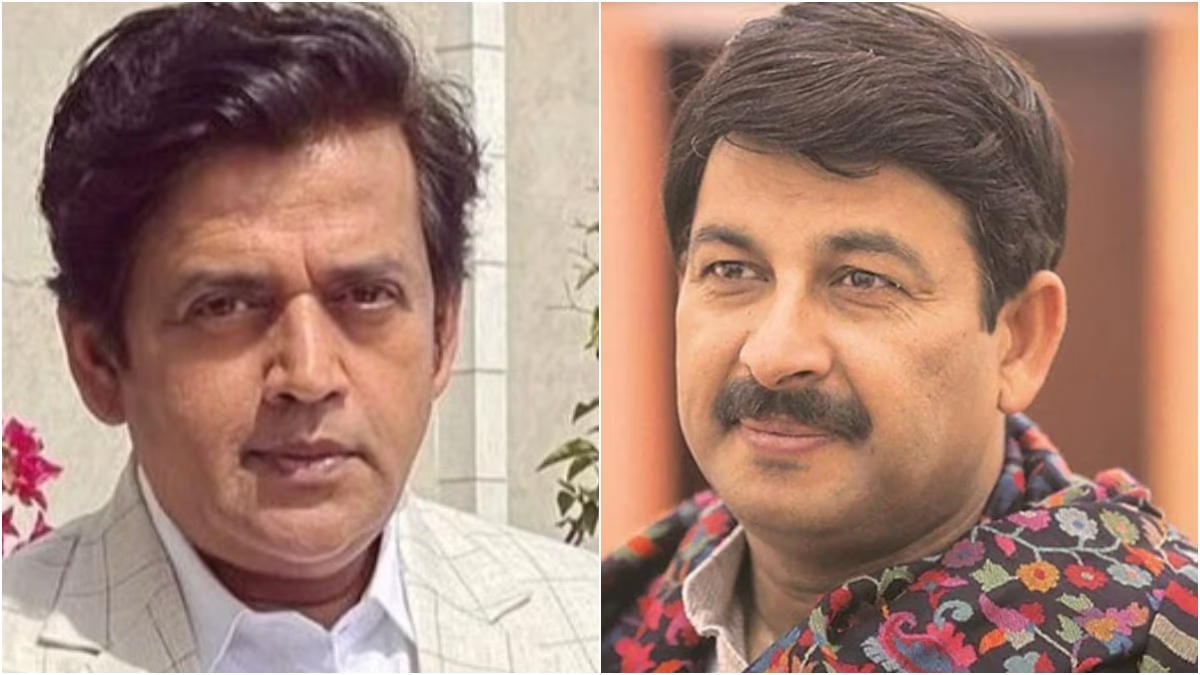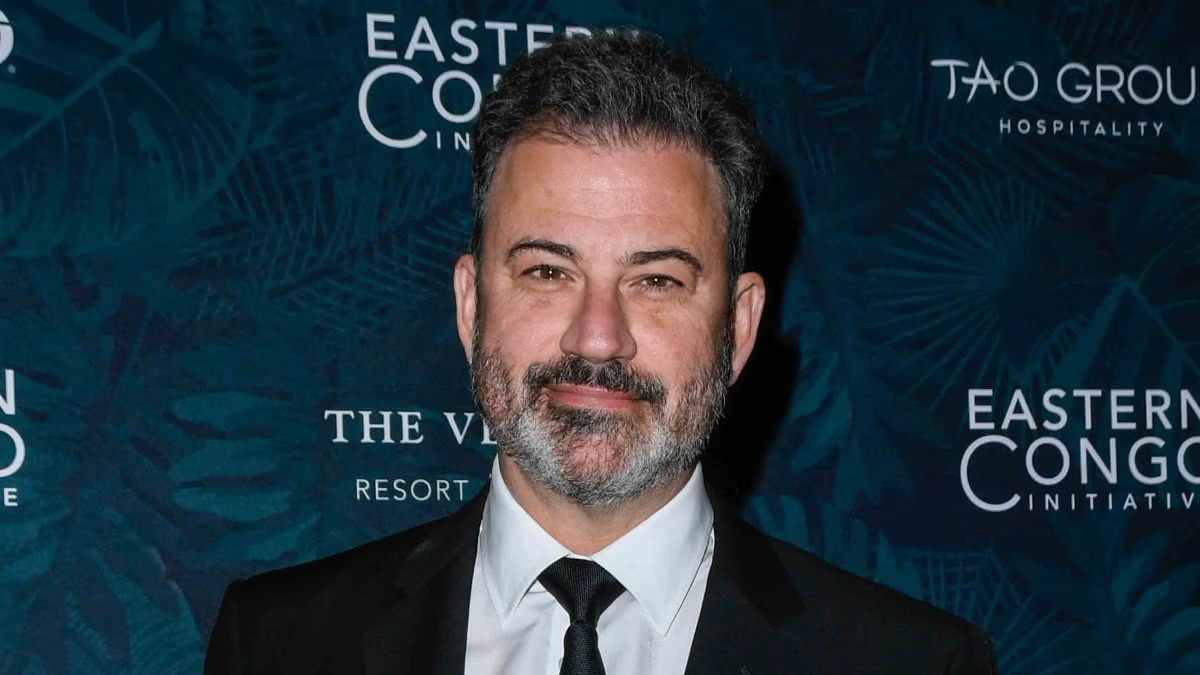In the Union Territory of Delhi, there are seven Lok Sabha constituencies. The Bharatiya Janata Party (BJP) has placed its trust once again in MP Manoj Tiwari from the North East Delhi seat. Bhojpuri singer and movie star Manoj Tiwari now faces a new contender in the young and eloquent former JNUSU President, Kanhaiya Kumar, fielded by Congress.
Kanhaiya Kumar, representing Congress, has been a prominent figure of the Left before joining the Grand Old Party. In the 2019 elections, the Left nominated him against Modi government's firebrand minister Giriraj Singh from the Begusarai seat, where he was defeated. Once a symbol of Left politics, Kanhaiya Kumar is now Congress' choice for North East Delhi. But what's the strategy behind this move?
Playing the Purvanchali Card
While BJP cut tickets for six of its MPs from Delhi, the only survivor was Manoj Tiwari. His Purvanchali roots are considered a significant factor for his uninterrupted support—opposed by Kanhaiya Kumar, who also hails from Bihar.
The Left Background
Kanhaiya Kumar's politics have always had a leftist orientation, voicing concerns for the poor, labourers, and marginalized sections. Congress seems to strategize on winning over the considerable migrant worker vote through Kanhaiya's leftist appeal.
Caste Dynamics
Congress anticipates that Kanhaiya Kumar can dent Tiwari's Purvanchali vote bank and create a new voting bloc including Dalits, backwards, minorities, and labourers. Kanhaiya is known for addressing youth issues, employment, and the plights of the oppressed.
On one side, Congress hopes to breach the anti-incumbency surrounding Ten-year MP Manoj Tiwari, while BJP trusts that Tiwari's appeal will lead him to a third consecutive victory. Not to be understated, upper-caste voters also play a crucial role in this high-stakes battle.
The seat composition of North East Delhi includes sensitive areas like Seelampur, notorious for post-electoral violence. The demographic mix, including a substantial Muslim population alongside residents from neighbouring states, places an intricate web of caste and regional loyalties at the heart of this election's narrative.
In a match-up where Purvanchali voters wield considerable influence, it's a diverse electorate that will determine this gripping contest's outcome.




